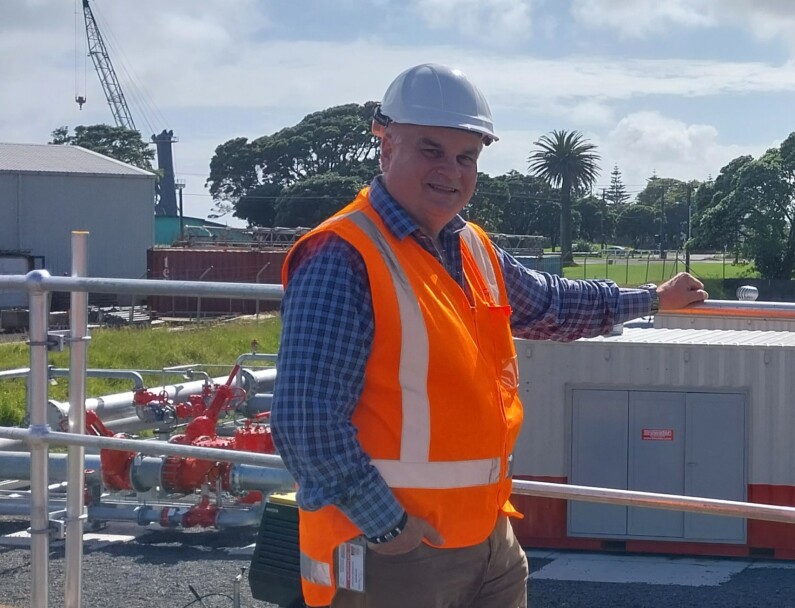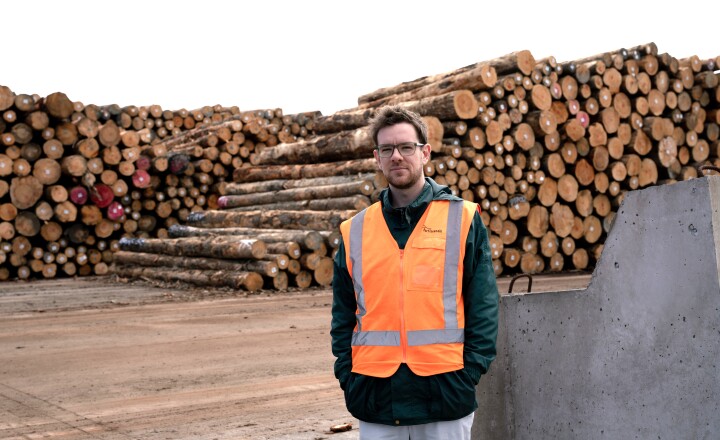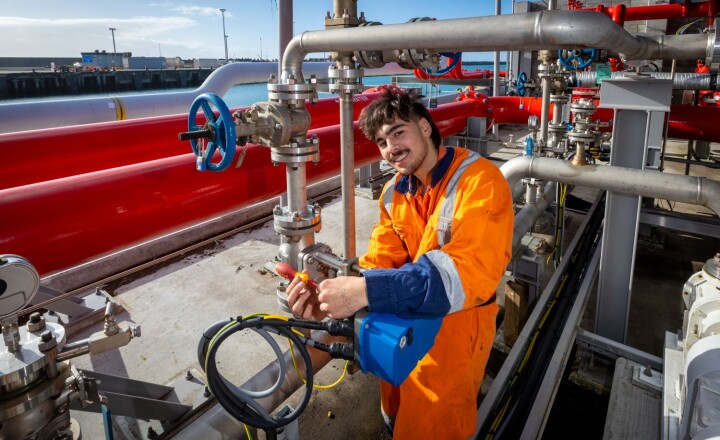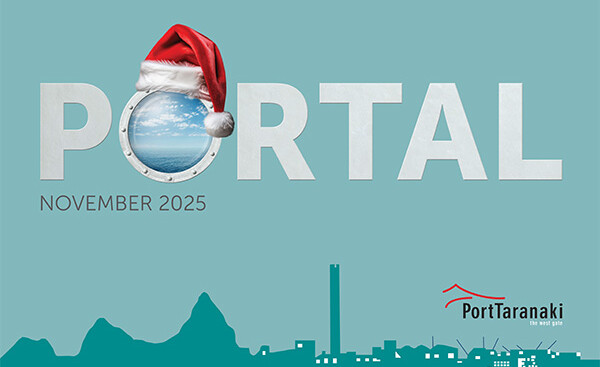
It’s now grandchildren, chores and travel rather than work colleagues, wharves and projects for John Maxwell.
Port Taranaki’s general manager infrastructure retired in late June and before he’d even had time to whip off his hi-vis vest he was underway in his new ‘job’.
“Before I finished up, my wife and I made an activities and chores list – from looking after the grandkids, to working on our lifestyle property, overseas adventures, and continuing to volunteer as chair of the Taranaki Automobile Association (AA) council and as a member of the national AA council,” he says.
“We’ve got a couple of bike rides and a tramp planned for next summer, and planning overseas trips next year, so there’s plenty to keep me busy.”
John’s more than five years at Port Taranaki were also full, as he played a key role in ensuring the port’s infrastructure was fit-for-purpose for operations and met customers’ needs.
Having spent his early work life at Ballance Agri-Nutrients Ltd, at Kapuni, before moving to Mt Maunganui, where he was the company’s general manager operations, John initially came to Port Taranaki for a short-term Newton King Tanker Terminal (NKTT) risk assurance project. He then joined as the general manager infrastructure.
“The risk assurance work gave me a good insight into the port – I liked the way it operated and the people who worked here. When the infrastructure management role came up, I thought it fitted with my skills and background and was a logical next step.
“In terms of infrastructure, the biggest difference between the likes of Ballance and Port Taranaki, is that the port is an owner, rather than owner-operator of most of the infrastructure – we provide the infrastructure that facilitates customers’ operations and trade.”
During his time at the port, John was involved in a number of key projects, including a large asbestos removal management programme, and the design, build and commissioning of a state-of-the-art $16 million freshwater firewater system on the NKTT.
“The firewater project had stalled a bit for several years, so it was very satisfying to get that approved and built, and to see it operational. It will help protect and future-proof the NKTT for decades to come,” he says.
“The asbestos management work was also very important. Many port structures and buildings were built during the era when asbestos was used, so we worked steadily through a programme to have it removed safely.
“Overall project delivery was also a particular focus. We established a project management office for port projects, and since it’s been operational, a number of projects have been delivered on time and under budget, which is very pleasing.”
John is also proud of the relationships he built while at Port Taranaki.
“I really enjoyed helping the professional development of members of the team I worked with, and I’m very proud of our relationship-building with Ngāti Te Whiti hapū – it’s something I value as we are both here for many generations.”
Ensuring infrastructural and operational safety was also a continual focus, harking back to his risk assurance work on the NKTT.
“Moving the safety focus from ‘slips, trips and falls’ to process safety – the high consequence, low likelihood events of a serious port incident where death is possible. The port is a high-risk environment so ensuring we have systems in place to best prevent those catastrophic events is crucial,” he says.
As he settles into retirement, John says he’ll keep a close eye on the port and is optimistic for its future.
“Port Taranaki is an important asset for the region and New Zealand, particularly regarding energy, so it’s vital the port remains at the forefront of people’s minds for future energy projects and is enabled to be part of the long-term energy solution.”


